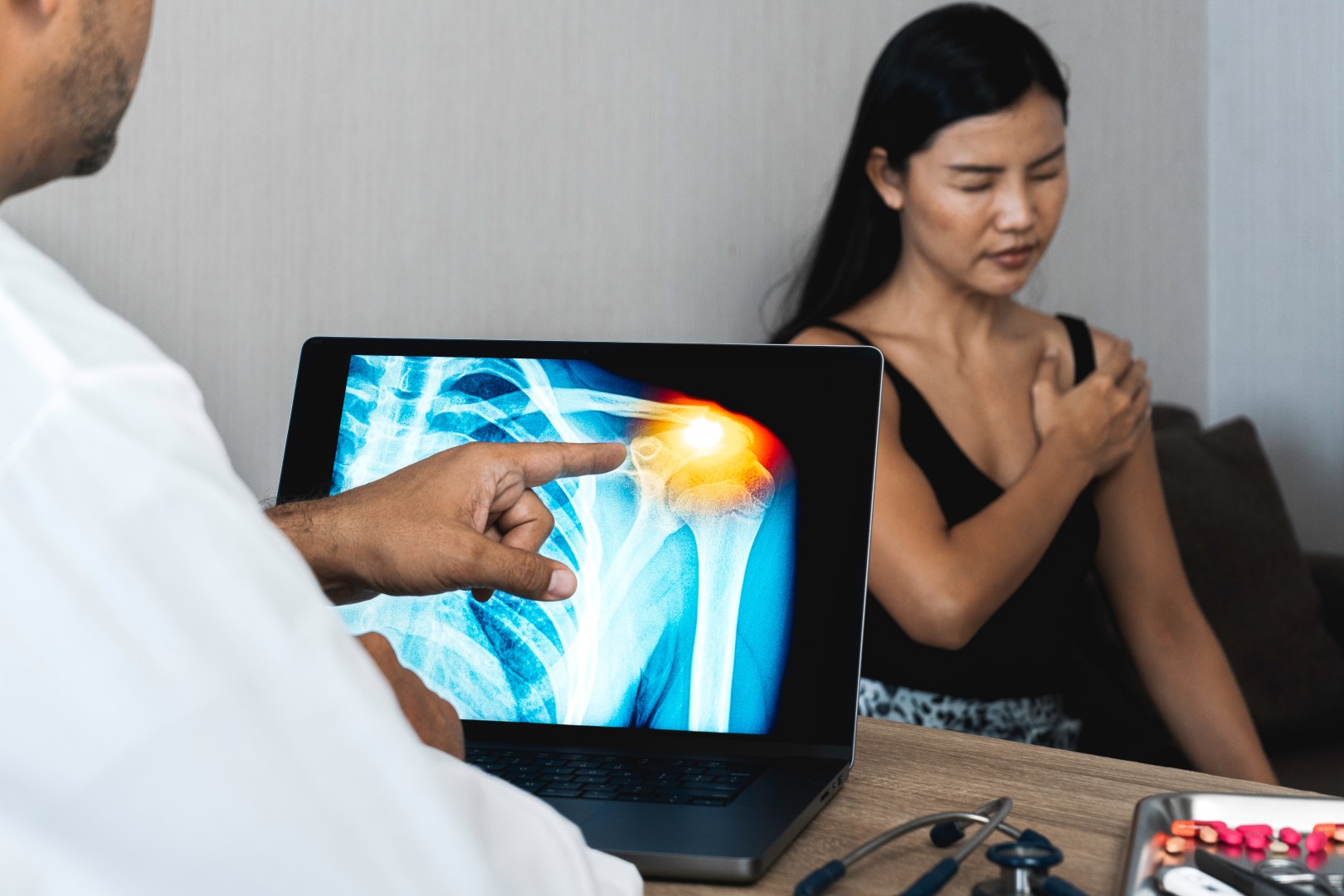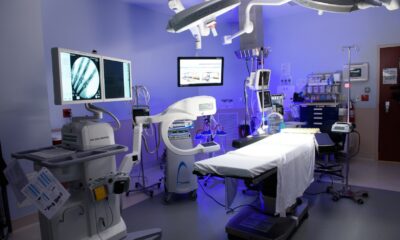Access your own patient portal, provided by NCSH.
Orthopedics
What Are 2 Warning Signs of a Rotator Cuff Tear?
Tue, Apr 02, 2024

Do you ever experience sharp pain or weakness in your shoulder when lifting objects or reaching overhead? These could be warning signs of a rotator cuff tear. This common, painful injury affects approximately 2 million people in the United States each year, according to the American Academy of Orthopedic Surgeons.
In this blog, we’ll explore what a rotator cuff is, how it’s injured, and what the two warning signs of a rotator cuff tear are. Whether you’re an athlete, a weekend warrior, or just someone who wants to remain active, understanding the signs of a rotator cuff tear can help you stay on top of your shoulder health.
Top FAQs: Symptoms of Rotator Cuff Tears, Causes, and More
When people have discomfort in their shoulders, they may be surprised to learn that it’s not necessarily the shoulder but what surrounds it that’s the problem.
What Is a Rotator Cuff, and How Does a Rotator Cuff Tear Happen?
A rotator cuff is a group of muscles and tendons surrounding the shoulder joint, providing stability and allowing for a wide range of motion. A rotator cuff tear occurs when one or more of these muscles or tendons become damaged or torn, leading to pain, weakness, and limited movement in the shoulder.

What Are the Common Causes of Rotator Cuff Tears?
Tears can be caused by a variety of factors, including repetitive overhead movements such as throwing or lifting, traumatic injuries from falls or accidents, and degeneration due to aging or wear and tear. They can range in severity from small partial tears to complete tears that entirely separate the tendon from the bone.
Can You Prevent Rotator Cuff Tears?
Practicing proper shoulder mechanics during activities that involve repetitive overhead movements could help prevent tears. This includes using correct lifting techniques and avoiding excessive strain on the shoulder joint. It’s also beneficial to engage in regular strength training exercises to maintain optimal muscle balance and stability in the shoulder area.
What Are 2 Warning Signs of a Rotator Cuff Tear?
How to know if you tore your rotator cuff:
- You experience persistent shoulder pain, especially when lifting your arm or reaching overhead.
If you notice that your shoulder hurts constantly, even at rest, or you have swelling or tenderness in the shoulder area, it may be a sign that something is wrong with your rotator cuff. Ignoring this pain can lead to further injury and decreased range of motion in your shoulder, so it’s essential to address it promptly. - You experience weakness in your shoulder or arm.
It could indicate a rotator cuff tear if it’s difficult to lift objects, perform daily tasks, or participate in activities requiring overhead movements. Additionally, an individual may experience a popping or clicking sensation in the shoulder joint when moving their arm. This weakness can affect your ability to perform simple tasks and may strain other muscles, potentially causing further injury.
What Type of Doctor Treats Rotator Cuff Tears?
Rotator cuff tears are typically treated by orthopedic specialists, specifically those who specialize in shoulder injuries. These specialists, like the experts at North Carolina Specialty Hospital, have the expertise and experience to diagnose rotator cuff tears and develop a customized treatment plan to help you get back to doing the activities you love without pain or limitations. A physical examination, imaging tests such as an MRI, and possibly a diagnostic ultrasound may be needed for diagnosis. Early diagnosis and treatment are crucial in preventing further damage and improving recovery outcomes.
How Are Tears Treated?
Treatment options may include physical therapy to strengthen the muscles surrounding the shoulder joint, anti-inflammatory medications to reduce pain and swelling, and, in some cases, surgery to repair the torn tendons.
Can a Torn Rotator Cuff Get Better Without Surgery?
Conservative measures such as physical therapy, anti-inflammatory medications, and rest may be sufficient to help the tear heal without surgery. However, not all rotator cuff tears will heal on their own without surgery. If conservative treatments don’t provide relief or if the tear is severe, surgery may be necessary to repair the torn tendons.
A North Carolina Leader in Torn Rotator Cuff Treatment and Care
Your shoulder health and quality of life are important. If you’re experiencing either or both of the two warning signs of rotator cuff tears listed above, don’t ignore them. Talk to an orthopedic specialist at North Carolina Specialty Hospital. To request an appointment, click on the surgeon’s photo and complete the form. We’ve been providing the Triangle region with the highest-quality care since 1926. We can help reduce the risk of further damage to your shoulder and improve your chances of a successful recovery and pain-free future.
RELATED NEWS

Kyphoplasty: Understanding Your Options for Spinal Compression and Fractures
Back and spine pain can be very limiting. Compression fractures in the spine are common sources of pain with several treatment options. A procedure called kyphoplasty can help restore spinal stability and relieve pain. Learn…
Continue Reading

Pinched Nerve in Your Shoulder? 6 Treatment Options
A pinched nerve in the shoulder occurs when there is increased pressure or compression on one of the nerves in the area, resulting in pain, numbness, or tingling in the shoulder, as well as potentially…
Continue Reading
Stay Current
Educational Articles & More
View News & Press
